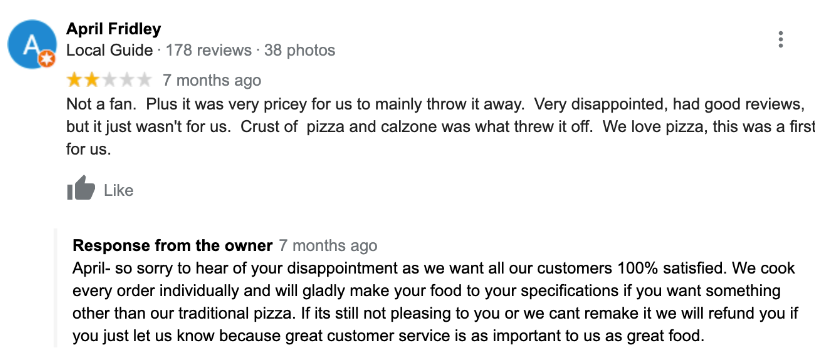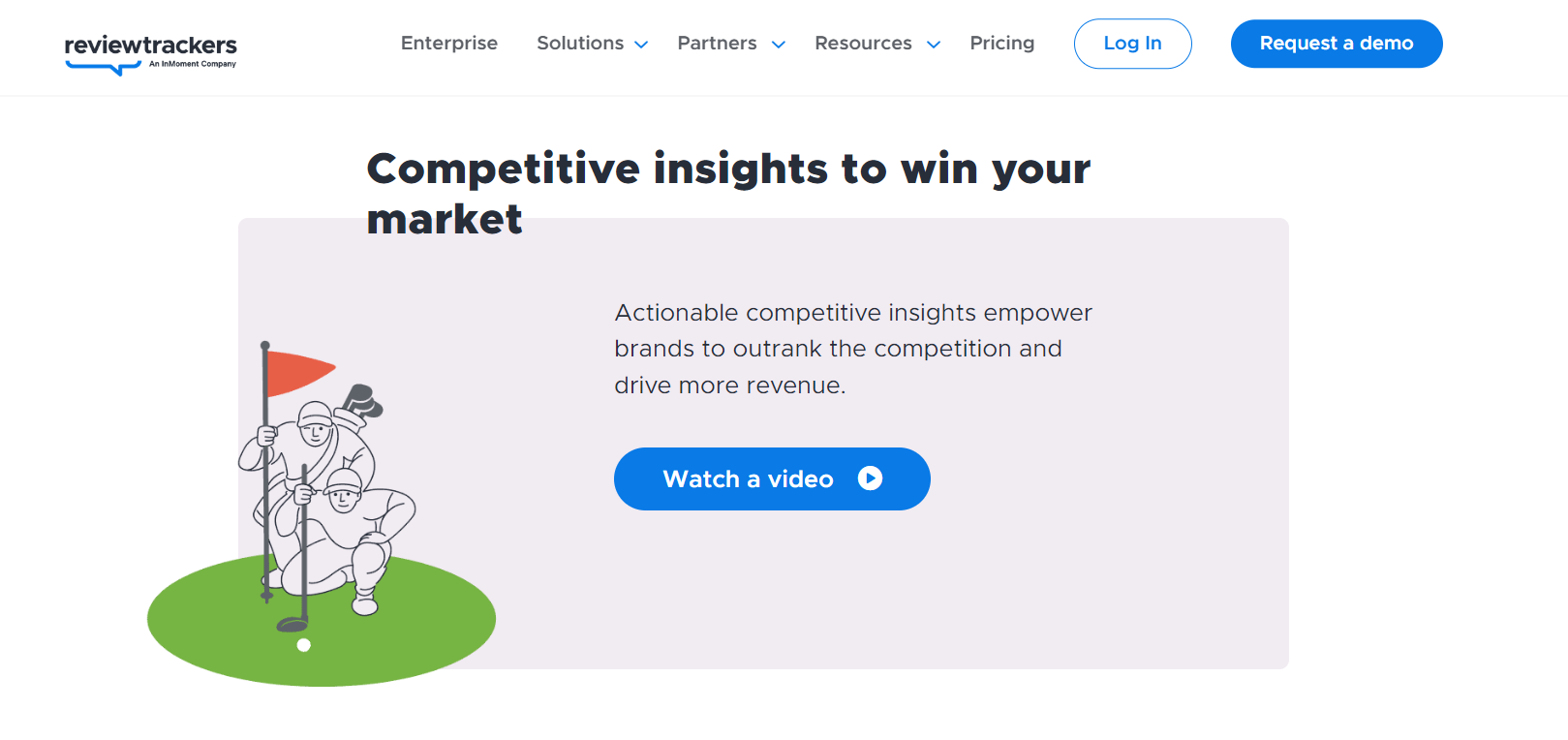Have you ever wondered how competitor reviews could be a goldmine for your business?
Here’s a surprising stat: 88% of customers read reviews about businesses like yours, and 82% check competitive reviews before making a decision.
By digging into feedback on review sites, you can see what customers love or dislike about your competitors. Customer feedback is a goldmine; it shows you what’s working for them and where they fall short.
Use these insights to enhance your offerings and attract more customers by addressing their needs better.
This blog’ll explore leveraging competitor reviews to strengthen your strategy. From tools to track reviews to actionable steps for using this feedback, we’ll guide you through turning competitor feedback into your business advantage.
Understanding Market Expectations and Trends
You must understand what customers want and how trends change to stay ahead.
- Customer Feedback Matters: 92% of consumers read online reviews before purchasing, highlighting the importance of customer feedback in purchasing.
- Impact of Positive Reviews: Businesses with positive reviews earn about 31% more revenue. Positive reviews can help improve your profits.
- Google Reviews Lead the Way: Google is the most popular review site, with over 89% of people trusting its reviews more than others. A strong presence on Google can greatly affect their buying choices and improve your marketing.
- Influence on Purchase Decisions: 84% of people trust online reviews as much as personal recommendations. Posting genuine review’s can build trust and influence potential customers.
- Insight for Improvements: 52% of consumers want businesses to reply to their feedback within a week. Responding quickly to feedback can provide valuable insights and boost customer satisfaction.
Identifying Opportunities Through Competitor Reviews
Analyzing customer feedback that doesn’t come from your customers might sound odd. However, this can be helpful, especially in a competitive market.
While paying attention to your customer feedback for improvement is essential, looking at what others say about your competitors can provide helpful insights.
Learn from Their Missteps

Analyze competitive reviews to see where they are lacking and avoid their mistakes. For example, if a cafe gets many complaints about slow service, you can set up efficient systems in your cafe to provide quick service. Fast service leads to happier customers and a thriving business.
Spot What They’re Doing Right
Competitor reviews show their strengths, which you can use for your business. If customers praise a competitor’s excellent service, check how they do it and see if you can use similar methods.
Turn Competitors’ Customers into Your Own
Talking to your competitors’ customers can help you gain their unhappy clients. If you see repeated complaints about a competitor’s product quality or services, use that feedback to show off your strengths and attract those customers.
Identify Gaps

Analyzing reviews from competitors can help you identify gaps in their offerings. For example, if a customer complains about missing features in a competitor’s app, make sure your app includes those features. This way, you will meet a need they missed and improve your app.
How to Gather Competitor Reviews and Use Them to Your Advantage
Analyzing what customers say about your competitors can significantly benefit your business. This strategy is brilliant, but it must be done carefully and honestly.
Here are five ways to monitor your competitor’s customer review’s and use them to gain insights to improve your business:
1. Track Blog Comments and Feedback
Analyzing your competitor’s blog comments, you may find negative comments or questions that haven’t been answered. These comments give you an insight into how your competitor handles negative customer feedback. You can learn from them and use this knowledge to respond to negative reviews for your own business.
2. Set up Google Alerts for Brand Mentions
Google Alerts helps you track online mentions. You can set up alerts for your competitor’s product names, brand names, and the owner’s full name. Google Alerts will notify you immediately about any positive or negative mentions posted online, including news articles, press releases, blogs, and web pages.
3. Keep an Eye on Local Review Sites
Customers usually check two places for brand reviews: review sites and search engines. Managing online reviews is important for a brand’s reputation on these platforms. If your competitor doesn’t respond to negative feedback on Google reviews, they lose a chance to improve their reputation.
You can take advantage of this by responding to customer review’s and boosting your online reputation. If customers notice that you respond more than your competitors, they will likely choose your brand.
4. Use Competitor Analysis Tools
To lead in your industry, you need to know your competition well. Analyzing them gives you immediate access to their customer feedback. Use this information to improve how you present your services and products to gain more marketing share.
5. Monitor Social Media Buzz
Social media is a great way to hear what customers think about your competitors, both positive or negative. Use this information to your advantage. Check what your competitors post and how their customers respond. You can follow their Twitter account or like their Facebook page to keep up with their updates.
You are tracking your competitors reviews. What’s next? Now that you understand what customers think about them, use this feedback to boost your online reputation.
Here are some steps to gain an advantage over your competitors:
➥ Handle Your Negative Reviews

While researching your competitors’ negative customer feedback, you might notice that they often ignore these negative reviews. You might feel tempted to respond and try to win over those customers, but that’s not a good approach.
Instead, concentrate on your own negative reviews and find ways to turn those negative experiences into positive ones for your upset customers. Don’t criticize your competitor or reach out to their customers directly.
➥ Enhance Your Offerings
Check your competitors’ negative reviews to find out why customers are unhappy. Use this information to enhance your customer experience, products, and services.
➥ Boost Your Social Media Presence
To attract new customers, create a strong presence on social media platforms like Facebook, Twitter, and LinkedIn, especially where your competitors are lacking. Study your competitors’ best practices and mistakes to attract their customers.
How Location Insights Works for Reviews
Location Insights gathers all your reviews in one place. You can view them globally, by region, or for each store. It helps you understand customer experiences and make quick improvements. You can also check competitors’ reviews to see how you compare and find growth opportunities.
Spot competitors’ mistakes that you can avoid, or learn from their strengths. If you want to know what your customers think, this tool is ideal for you.
1. Track Performance Trends
With Location Insights, you can track reviews from various places and see trends that affect your business. Are negative review coming from one area or many? Monitor review numbers and ratings over time, you can find unusual patterns. For example, a sudden increase in negative feedback might be due to a recent promotion or supply chain problem.
2. Analyze Detailed Insights
The tool lets you explore data at different levels, like country, region, or neighborhood. By comparing performance in these areas, you can find where improvements are needed and identify places where you are doing well. This analysis helps you make specific changes to boost customer satisfaction.
3. Understand Review Drivers
Location Insights offers more than just numbers it gives insight’s into why reviews are good or bad. You can better understand what your customers are talking about by pinpointing important topics like product quality or customer services.
4. Stay Ahead with Alerts
Stop small issues from turning into big problems with customizable alerts. Set up notifications for key performance indicators (KPIs) or check trends to tackle any new concerns quickly. It helps prevent negative review from growing into bigger crises. You can customize these alerts for different team members, from executives to customer service reps.
Best Tools for Monitoring Competitor Reviews
Keeping an eye on competitors’ reviews is important for staying competitive. Here are five great tools to help you track what customers say about your competitors.
1. Google Alerts

Google alerts is a free tool that lets you set notifications for specific keywords, inclduing the company name of your competitors.
Features: Get instant alerts and complete updates from news, blogs, and review’s sites.
2. Review Trackers

Review Trackers gathers reviews from different platforms into one dashboard, making it easy to track competitor feedback.
Features: Customizable alerts, review analysis, and competitor comparison reports.
3. Yext

Yext manages and tracks reviews across various review sites, giving you insights into competitor’s ratings and feedback.
Features: Review monitoring, sentiment analysis, and performance benchmarking.
Conclusion
To use competitors’ reviews for business growth, focus on strengths and weaknesses. Use monitoring tools to track and analyze customer feedback. It will help you find insight to improve your strategies.
By monitoring customer feelings and spotting gaps in competitors offerings, you can better position your business. Using these insight’s will help your products, attract more customers, and stay ahead in the market.




